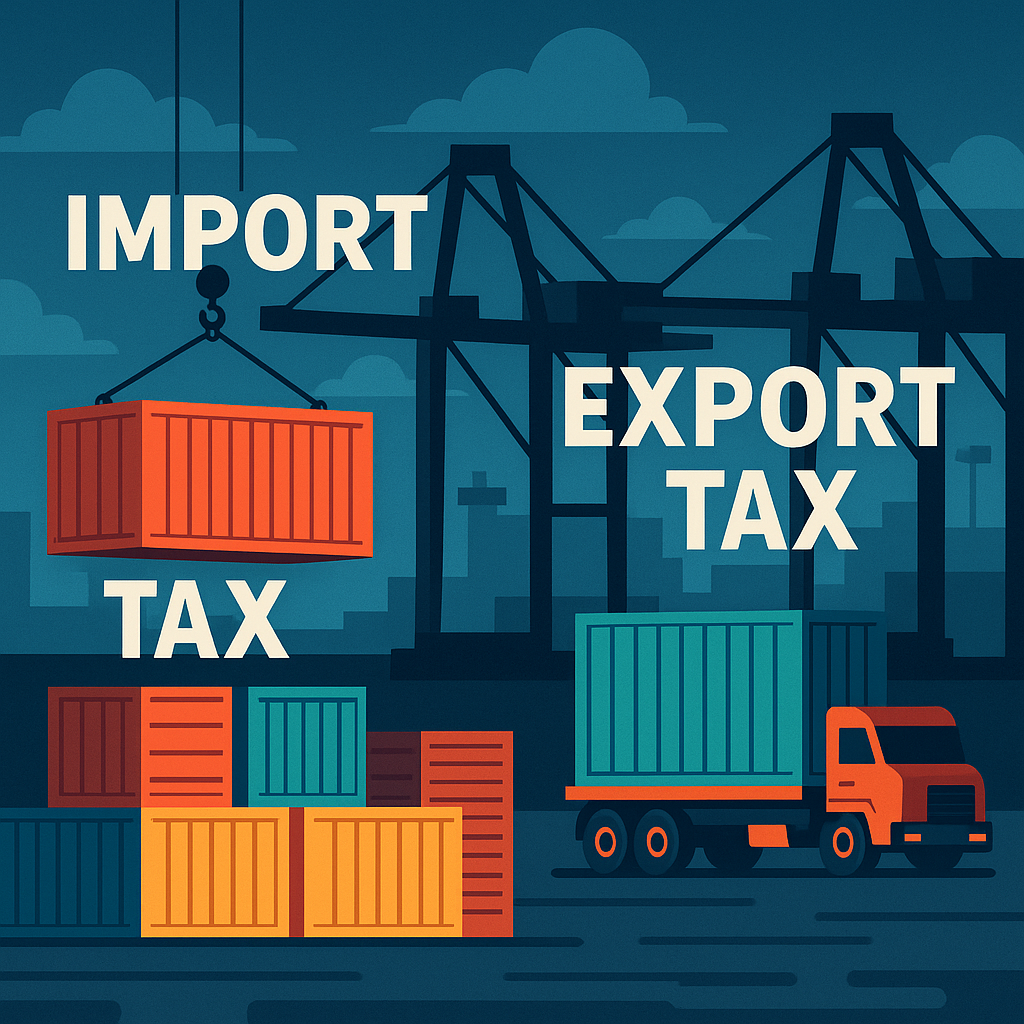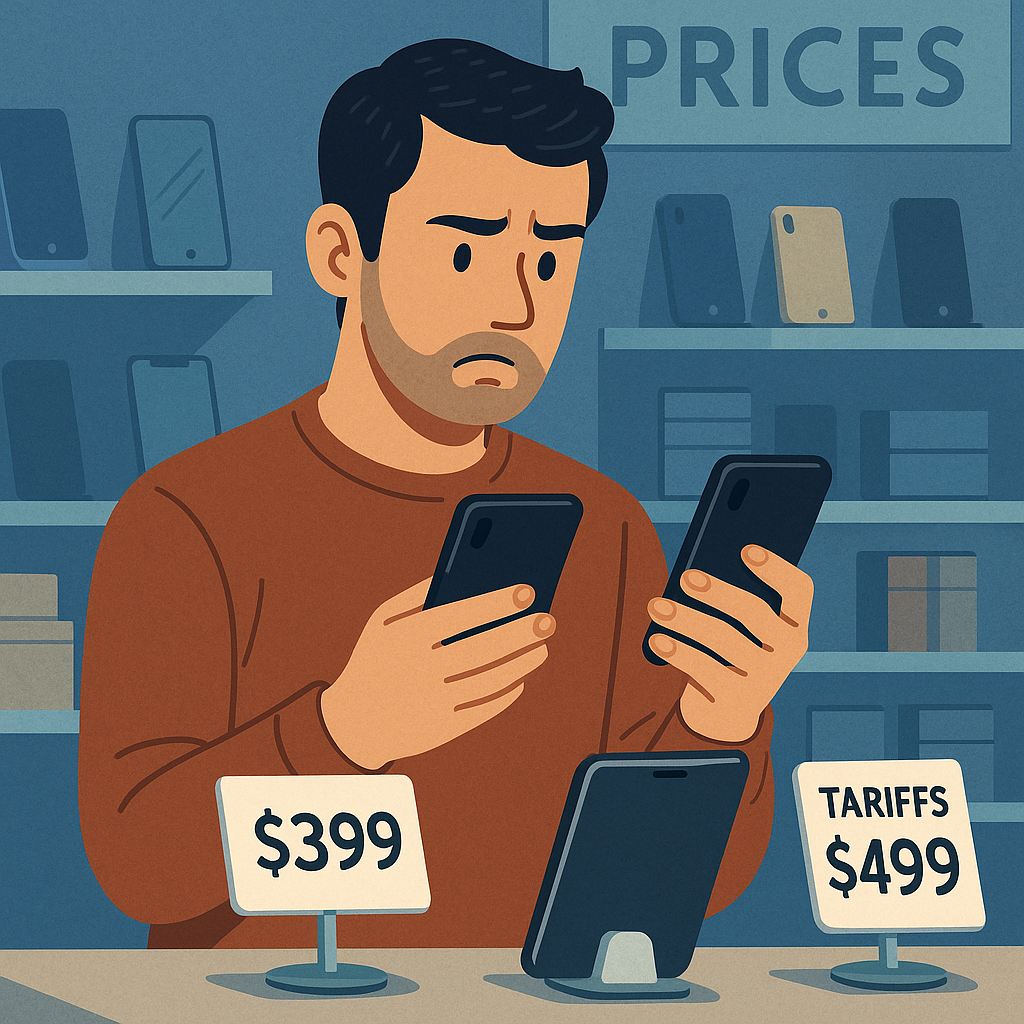1. What Are Tariffs, Really?
Tariffs are taxes on imported goods. When a country imposes them, foreign products become more expensive to buy. While they can protect local industries, they also increase costs for businesses and consumers alike.

Curious how tariffs might affect your daily spending? Try the Tariff Quiz and see how global trade policies ripple into local prices.
2. Why Your Next Phone Costs More
When tariffs target imported electronics, companies often pass the extra cost to consumers. A $700 smartphone might climb to $750, not because the materials changed, but because the tax did. Over time, these small increases add up across multiple categories of goods.

3. Everyday Items, Global Effects
Tariffs extend far beyond tech. Cars, appliances, even food can be affected when supply chains rely on foreign materials. A tariff on imported steel can raise vehicle prices, while one on agricultural imports can increase grocery bills.
Even if you never import anything yourself, you still pay part of the price through higher costs at checkout. Tariffs are invisible taxes woven into modern consumer life.

4. The Bigger Picture
Tariffs are tools of economic strategy. They can protect jobs, pressure foreign governments, or encourage domestic production. But they also reveal how deeply connected the global economy has become, and how policies on one side of the world can echo through your local store.
Understanding tariffs helps you recognize why prices shift and how global decisions influence local lives. Take the Tariff Quiz to see how much of this complex story you already know.
Watch & Learn: This quick 1-minute explainer from TIME shows how tariffs quietly shape the prices of everyday goods, from phones to groceries. It’s a clear visual look at why trade policies ripple through our daily lives.
Video courtesy of TIME.
Explore more topics in the Finance Hub.